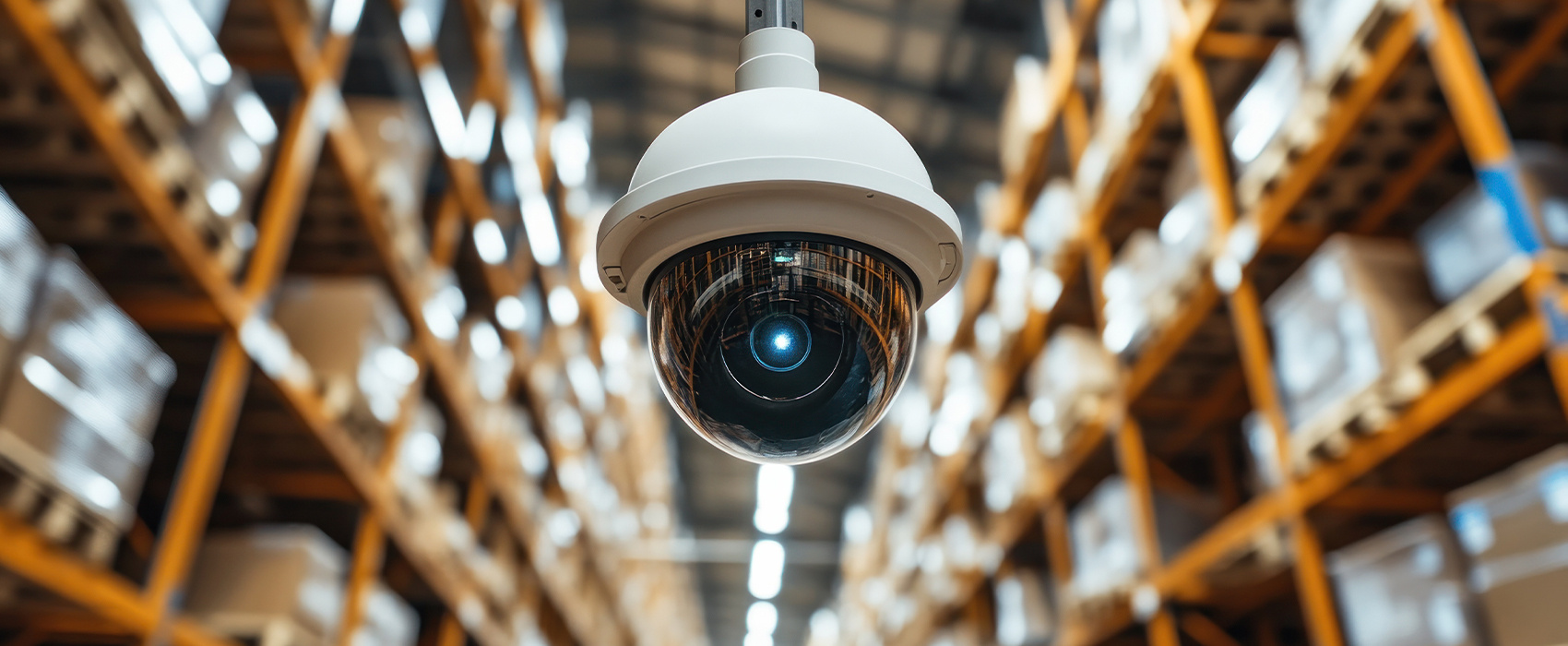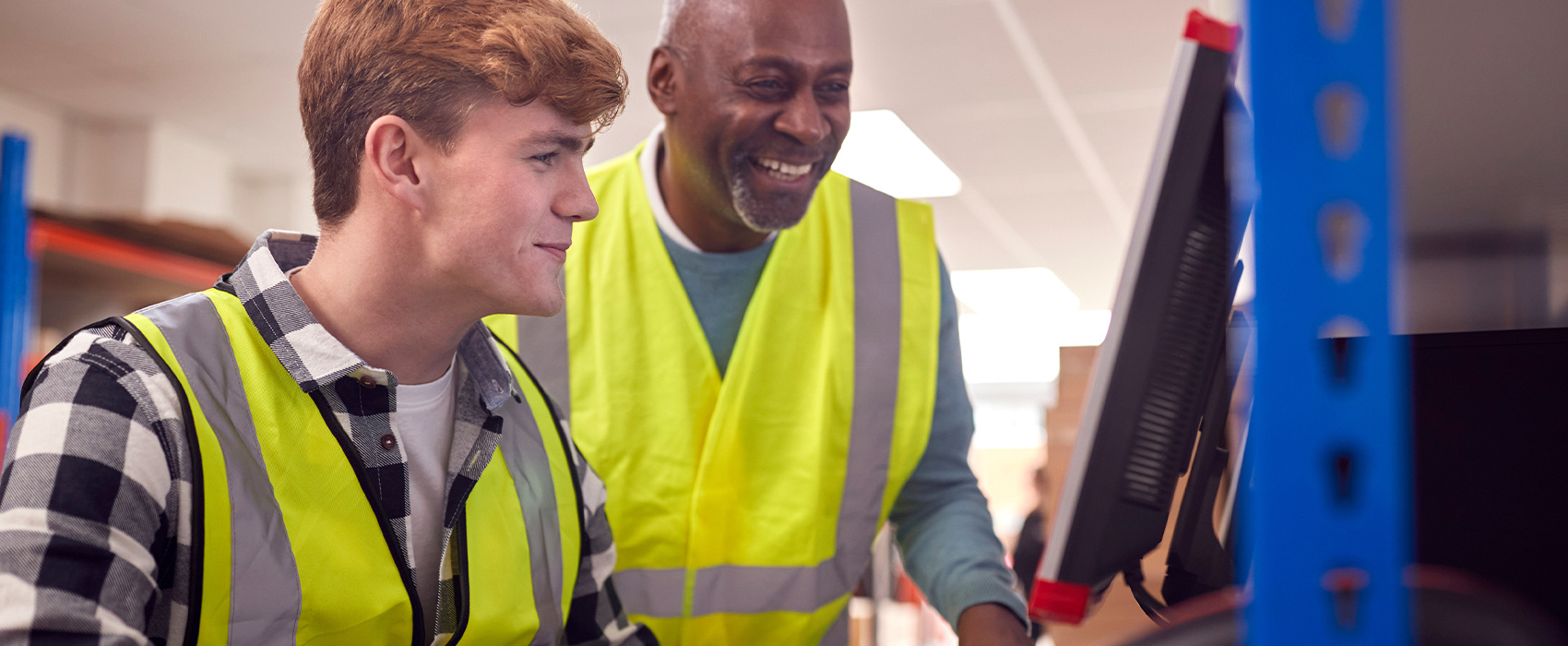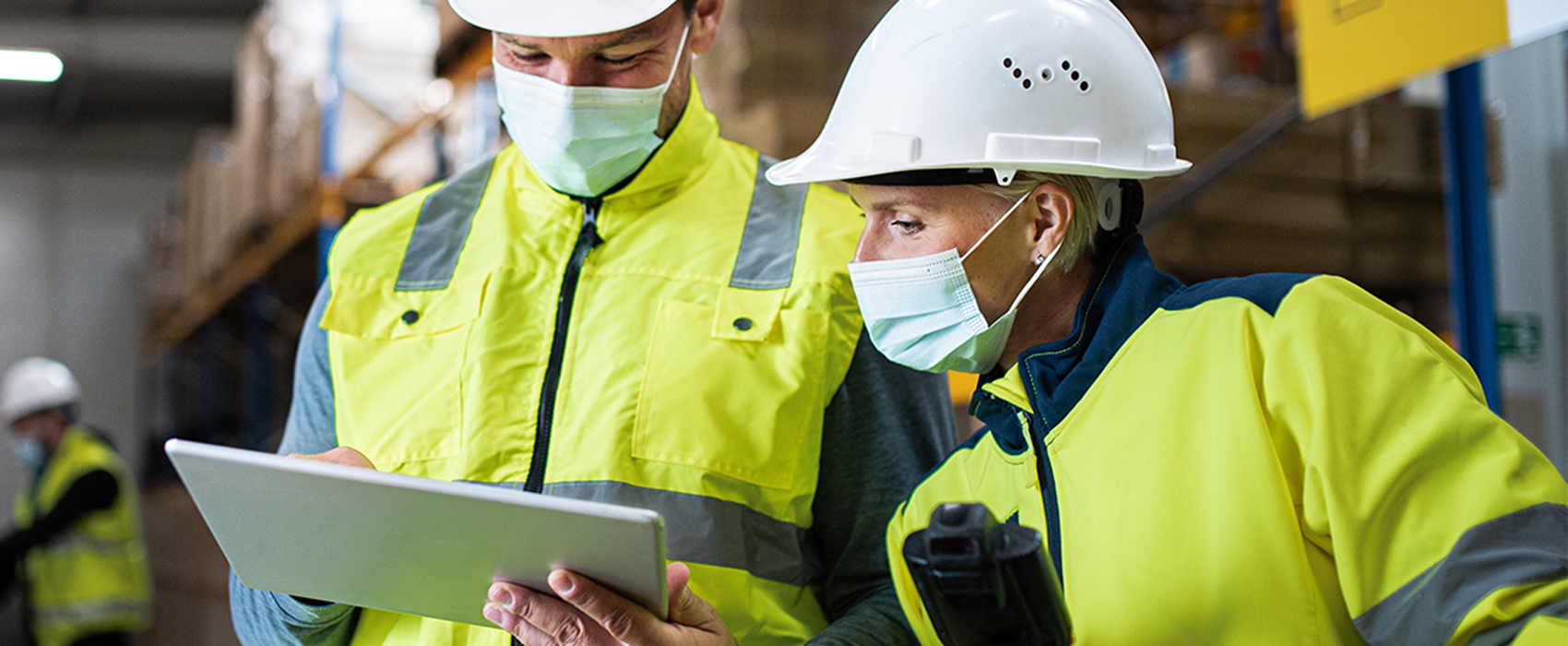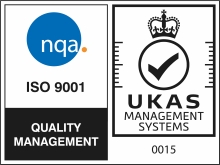
Could AI help prevent slips, trips and falls?
With slips, trips and falls on the same level still the most common cause of injury in UK workplaces, it is no wonder that the health and safety community is looking for new and innovative ways to tackle the same old problem.
Could artificial intelligence be the answer?
Let’s find out…
What are slips, trips and falls?
A third of all work-related non-fatal injuries reported by UK employers in 2023/24 were caused by slips, trips and falls (Source: Health and Safety Executive (HSE)).
A slip occurs when the foot loses its grip on the walking surface, causing someone to travel
in an unintended way.
Trips occur when an obstruction in the walkway or an uneven surface causes someone to stumble and/or fall.
Slips and trips are categorised as falls when the person involved comes to rest on the ground or another lower level as a result.
The most common injuries reported to workers as a result of slips, trips and falls in the workplace are bruised limbs. However, a fall of any kind – even at the same level – can be fatal in the event of someone hitting their head on the ground or another hard surface on the way down.
Preventing slips, trips and falls
Traditional methods of preventing slips, trips and falls in the workplace centre around risk assessment, education and housekeeping.
Potential slip and trip hazards in a workplace should be detailed in a risk assessment communicated with all employees, and employers must put in place control measures to reduce the risk of injury as a result.
Meanwhile, employee education and housekeeping rules centre around the importance of keeping areas tidy and clear of obstructions, ensuring good visibility, and identifying and taking action to remedy potential hazards that arise in a timely manner, including reporting near misses.
Using AI to tackle slips, trips and falls
Unfortunately, with UK employers reporting more than 19,000 people injured as a result of slips, trips and falls in the workplace last year alone, it seems traditional methods of preventing these kinds of incidents are not always effective.
And so, it is no surprise that businesses are turning to different technologies – including artificial intelligence (AI) – to help bring the numbers down.
Monitoring and detection
With most slips, trips and falls caused by flooring contamination of some kind, digitally-enabled technologies that constantly monitor the foot-level environment and alert employers and employees to hazards as they arise could soon become commonplace in UK warehouses in particular.
Liquids including water, dust, dry particle spillages, discarded plastic strapping and other waste products could all be detected by monitored close-to-floor cameras, prompting individuals and teams to take swift action to remedy the hazard.
Meanwhile, battery-powered floor sweepers and cleaners may be put to use to clear hazards, without the need to add to the risk with trailing cables. If AI-enabled, these appliances could soon be put to work automatically to clear spillages as they arise.
Precaution and warning
Instead of traditional warning boards, cones and tapes used to keep people out of danger areas, a portable passive infrared detection (PID) system set to generate a localised, audible alarm in the event of someone entering a no-go zone could be a low-cost alternative that helps to improve compliance.
Similar technology in the form of an AI-based portable footwear barrier monitor could be used to reduce the risk of slips, trips and falls by denying anyone without appropriate footwear access to certain high-risk areas.
Wearable technology
In some instances, helmet-mounted cameras like those worn by cyclists may be appropriate to help improve health and safety compliance by adding an extra layer of supervision and monitoring.
Meanwhile, tactile wearable monitors – including footwear insole monitors – are currently in development to help minimise slips, trips and falls, and to alert supervisors when an incident occurs.
In its current 10-year strategy, the HSE talks about the need to “[tackle] both new and traditional risk, at the right time and in the right way”. This includes finding new ways to prevent accidents like slips, trips and falls, which really shouldn’t still be happening.
Hopefully technological advancements such as these will help get us to where we need to be.
You might also like

How to make online safety training more than a ‘box tick’ exercise

















